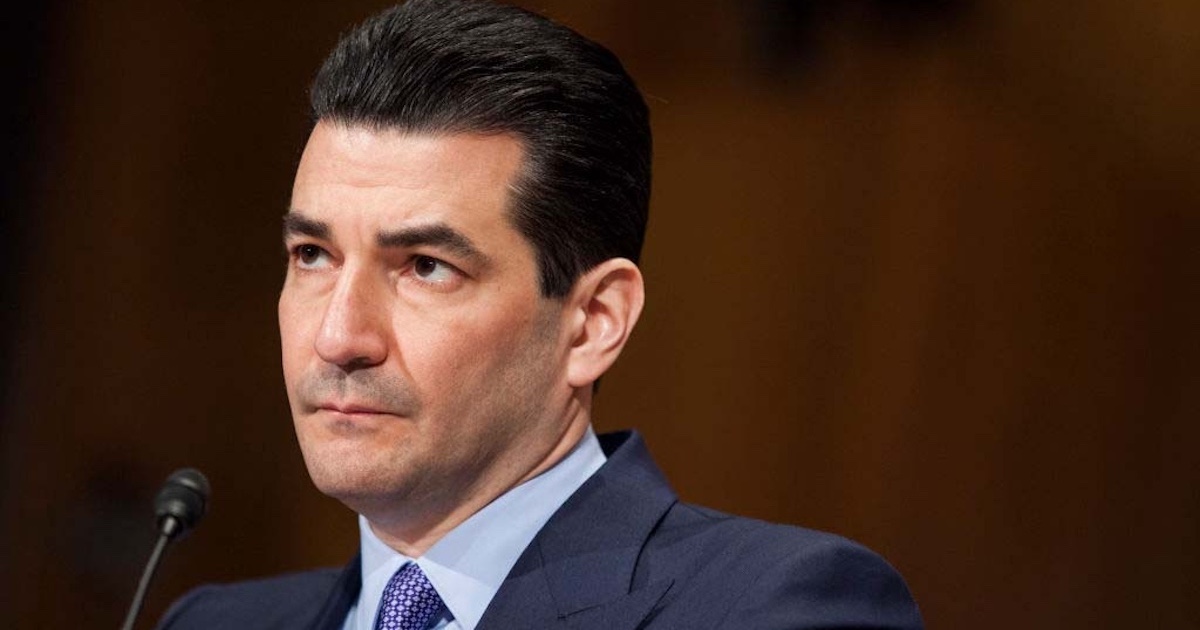Wearables may be all the rage in the consumer-facing market these days, but healthcare providers are wary about adopting them or adapting to them. After all, most doctors don't want to know how many steps someone has taken today or what he or she has eaten.
This isn't to say healthcare is avoiding the market. With platforms like Apple's ResearchKit and HealthKit and the steadily-growing number of provider-facing sensors and monitors, there's ample evidence that doctors are interested in collecting patient data outside the office – if it's the right data.
Dean Sawyer, co-founder and CEO of Sentrian, a Silicon Valley-based developer of remote patient monitoring solutions, believes wearables will move into healthcare once healthcare figures out how they can be used for population health management – in other words, once the industry moves beyond the "me" and targets the "we."
To help providers get started with remote patient monitoring, Sawyer offers five suggestions:
1. Create a strategy to reduce hospitalizations. According to HHS projections, half of all government reimbursements for healthcare will be made to value-based programs within three years. That means providers have to focus on reducing preventable hospitalizations, which drain resources and result in penalties or lost reimbursements. In other words, connect with consumers at home, and intervene before that tiny health issue becomes a serious problem.
2. Figure out who needs the most help. Identify those at-risk patients who would most benefit from home-based monitoring technology, rather than just launching a huge program that monitors everyone. For example, Sawyer says, a patient with chronic obstructive pulmonary disorder but without any acute care encounters related to that disease is not a prime candidate because there are no acute events to prevent.
3. Don't focus on just one parameter. Track multiple parameters, says Sawyer. Since roughly 40 percent of hospital admissions are tied to conditions other than the patient's primary diagnosis, collect as much data as possible to, in effect, cover all the bases. For a COPD patient, keep track not only of pulse, blood pressure, oxygen saturation and peak flow rate, but also cardiac output and stroke output.
4. Be mindful of the long term. Day-to-day monitoring is vital to detecting changes to a patient's health, but some of those indicators might be subtle. That's why it's important to monitor over a long period of time. For example, Sawyer says, daily weight readings might not help predict chronic heart failure decompensation and may even lead to a large number of false positives. Comparing multiple parameters with each patient's personalized 30-day baseline, he says, can detect health deterioration earlier and with greater accuracy.
5. Use machine learning tools. If an analysis suggests something in a patient will lead to a hospital admission in five days, Sawyer says, record whether the prediction was accurate. That data enables the computer to learn from the experience and make the model more effective, improving health outcomes and reducing false positives.
See also:
Congress under pressure to boost remote patient monitoring
Health system reaps big savings with remote monitoring
Latest Apple Watch tuned for home health monitoring


